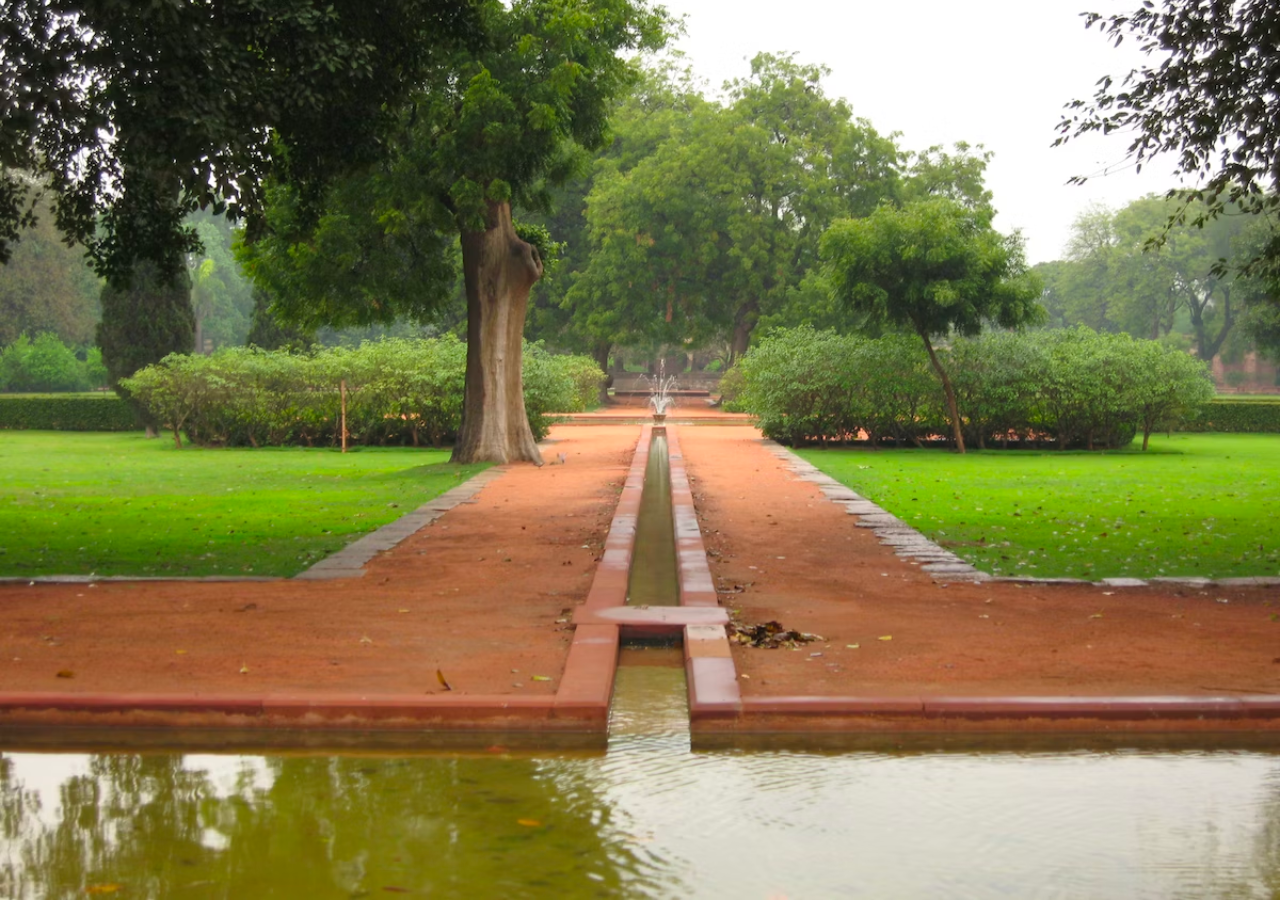The Aga Khan Museum (AKM)’s Remastered exhibit harnesses technology to bring the museum’s collection of paintings and artefacts to life. Users can simply go online and view animated renderings of historical paintings, as well as 3D-holograms and interactive versions of paintings that reveal information on various elements. AKM also provides state-of-the art virtual tours that allow users to view exhibits as displayed in the museum.
This Being Human, a podcast launched by AKM, tells stories that reflect the human experience shared across boundaries, bringing both culture and pluralism to the forefront. Guests on the show include music composer duo Salim-Sulaiman, Academy Award-winning filmmaker Sharmeen Obaid Chinoy, poet and famed Rumi-interpreter Coleman Barks, NASA engineer Farah Alibay, and Canadian comic Ali Hassan.
Partnering with Bloomberg Philanthropies, AKM became the first and only Canadian institution on the Bloomberg Connect app. The app provides an in-depth look at displays and exhibits from the museum, making its collections available to viewers across the world. In-person visitors to the museum in Toronto can also benefit from an enhanced experience as the app offers exclusive behind-the-scenes content and insights.
“Making arts and culture accessible is an integral part of what we do at the Aga Khan Museum,” said Kelly Francis, Marketing and Communications Director at AKM. “For us, digital engagement is just as important as the in-person experience as it allows us to educate, engage, and inspire audiences whether they live across from the Museum or across the globe.”
Architecture has been one of the most significant and enduring legacies of Islamic civilizations. To preserve this heritage, AKTC launched Archnet, the largest online architectural repository in the world with a focus on the architecture of Muslim societies, in partnership with Harvard University and the Massachusetts Institute of Technology. Archnet has a mix of both historical and contemporary architecture that draws on the vast archives of resources from the Aga Khan Award for Architecture and the Aga Khan Historic Cities Programme, providing valuable insights and case studies for architecture students and practitioners.
Archnet was created to address the dearth of resources and teaching materials on Islamic architecture. In the past, professors of Islamic architecture did not have access to images and research on the sites they were teaching about, but Archnet now makes these readily available. In addition to high-resolution graphics, videos, and architectural drawings of physical sites, Archnet also offers other resources such as recognised publications, unique archives and collections, and educational materials developed by AKTC’s Education Programme.
Technology can also have far-reaching implications for the preservation and restoration of such sites. “New scanning technologies can help organisations manage and preserve historic sites by providing engineering drawings and accurate maps to assist in critical conservation work and active management. Surveying sites, which used to take a team of researchers' weeks, can now be captured in two to three days and accurate 3D surface models can be developed through powerful algorithms,” said Shiraz Allibhai, Deputy Director at AKTC. Using drone photography, 3D laser scanning, and other technology, AKTC has been documenting historical Islamic sites in Pakistan, Afghanistan, Syria, and India.
In partnership with Google Arts & Culture, AKTC has created a series of online exhibits recording multiple historical sites from Afghanistan. AKTC began work in Afghanistan in 2002 and has restored various historically important buildings and gardens. Technology has played a crucial role in preserving and documenting the rich heritage of Afghanistan, making it easily accessible as travelling to the country remains difficult. The stories of these sites are displayed along with high-resolution photographs and traditional music to make their history come alive for viewers.








